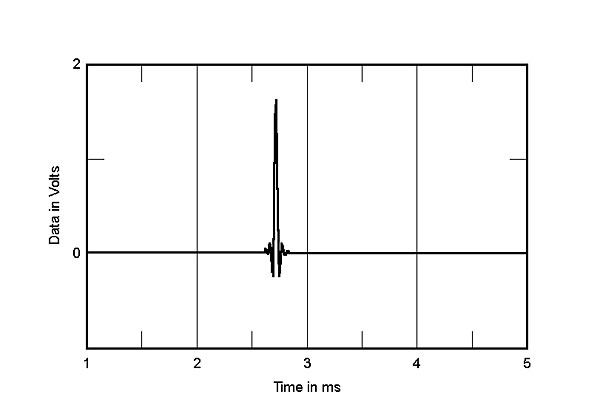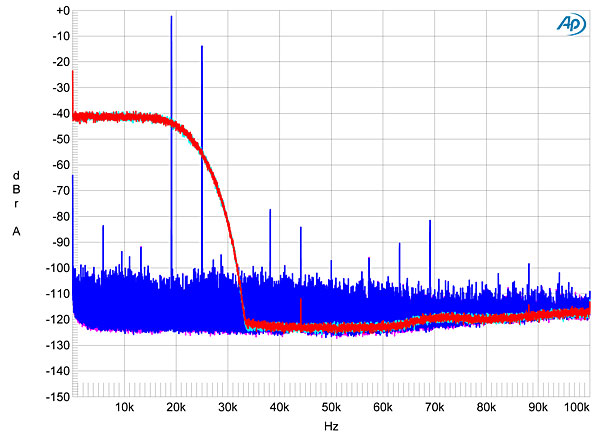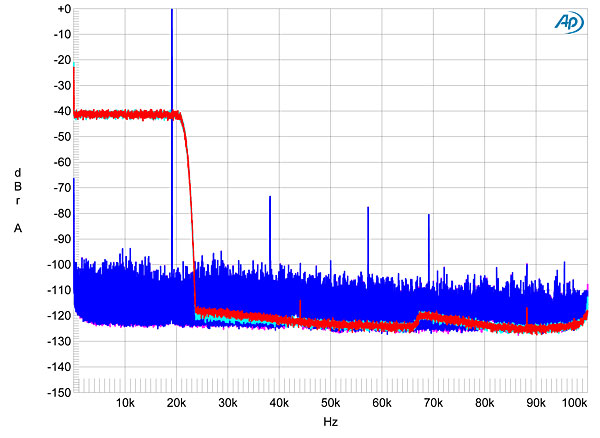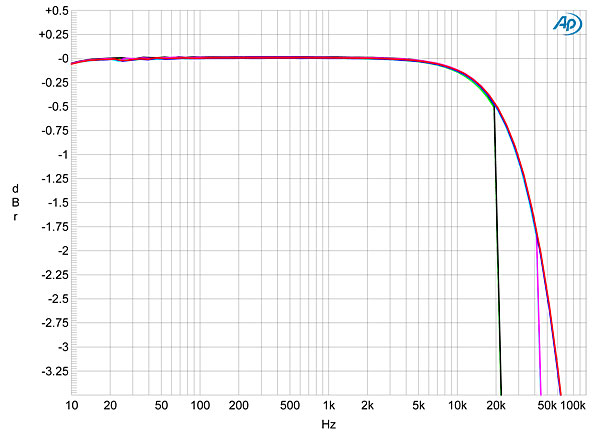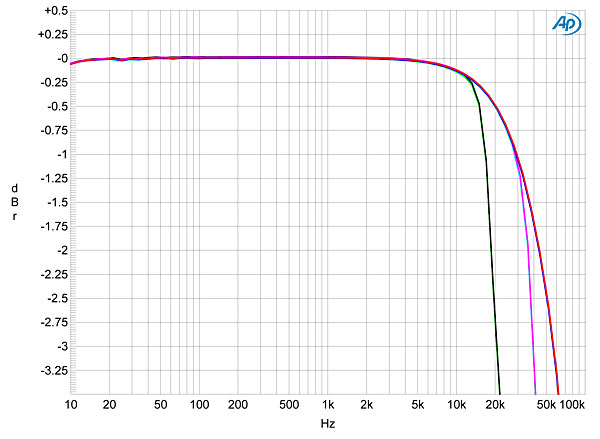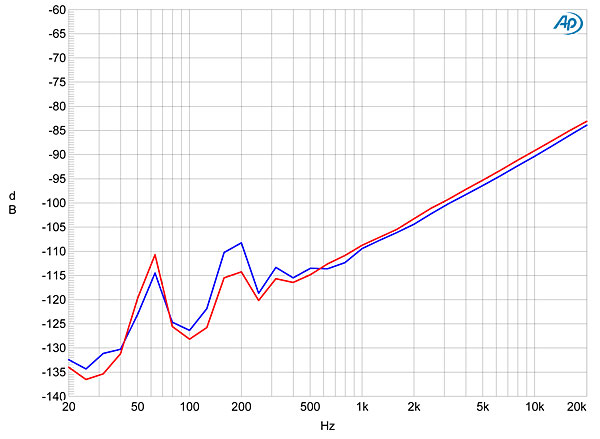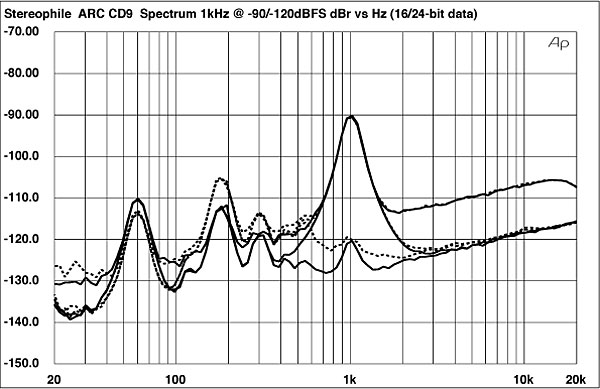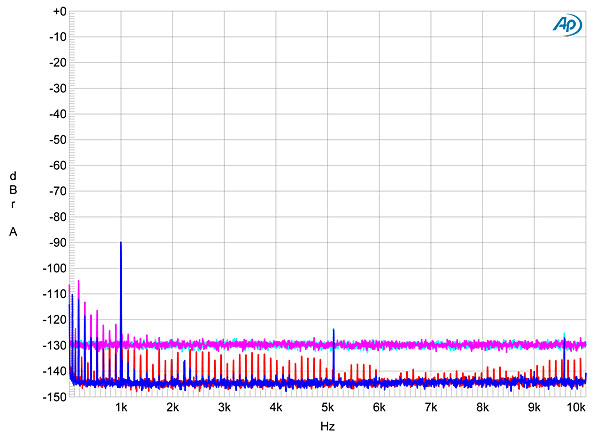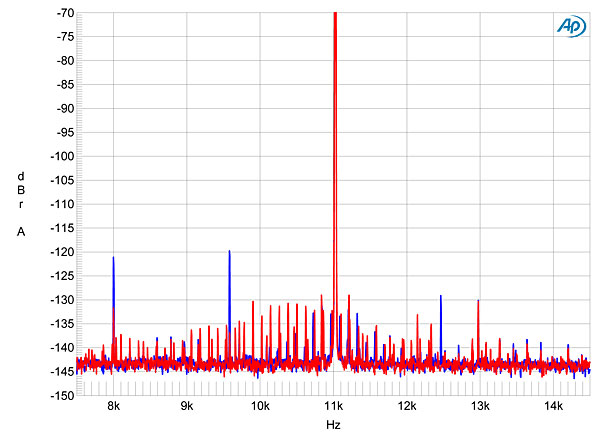| Columns Retired Columns & Blogs |
A very well laid out and thoughful review, enjoyed reading it. The Audio Research has always been one of the best sounding CD players. Heard it years ago with Verity Audio speakers and Audio Research amplification and still haven't heard anyting that resembles it for its 3-dimensionality. A shame therefore that CD players seem to be on their way out, but what a great, last machine to own. Then again this is the same language that was used in the 90's for vinyl so..........


